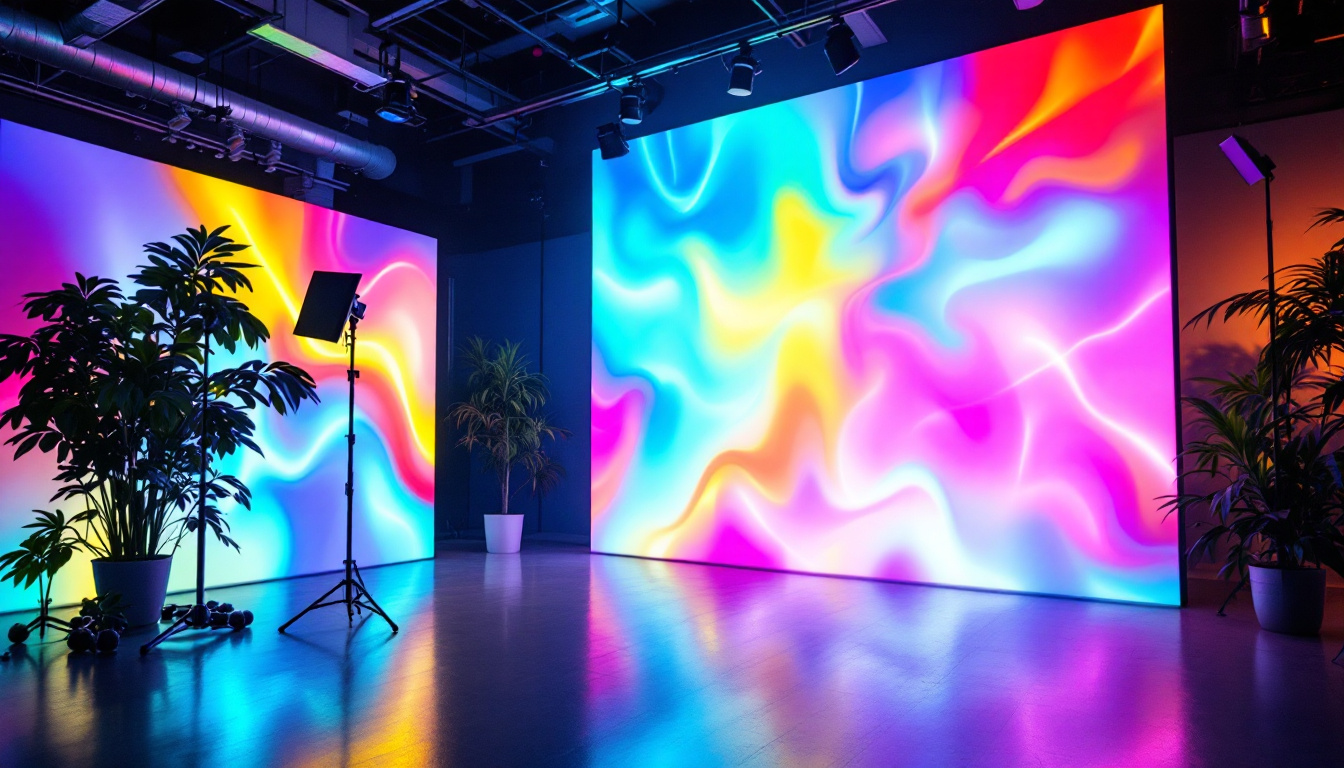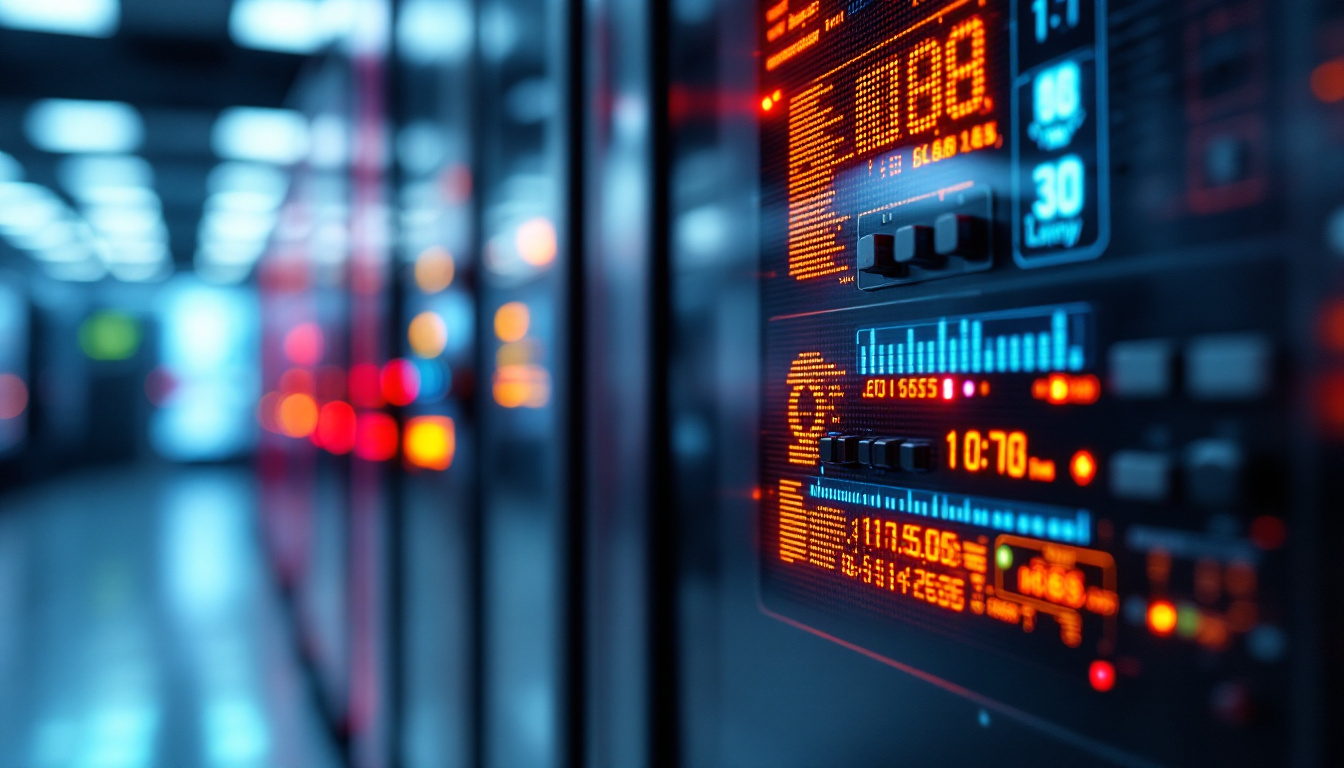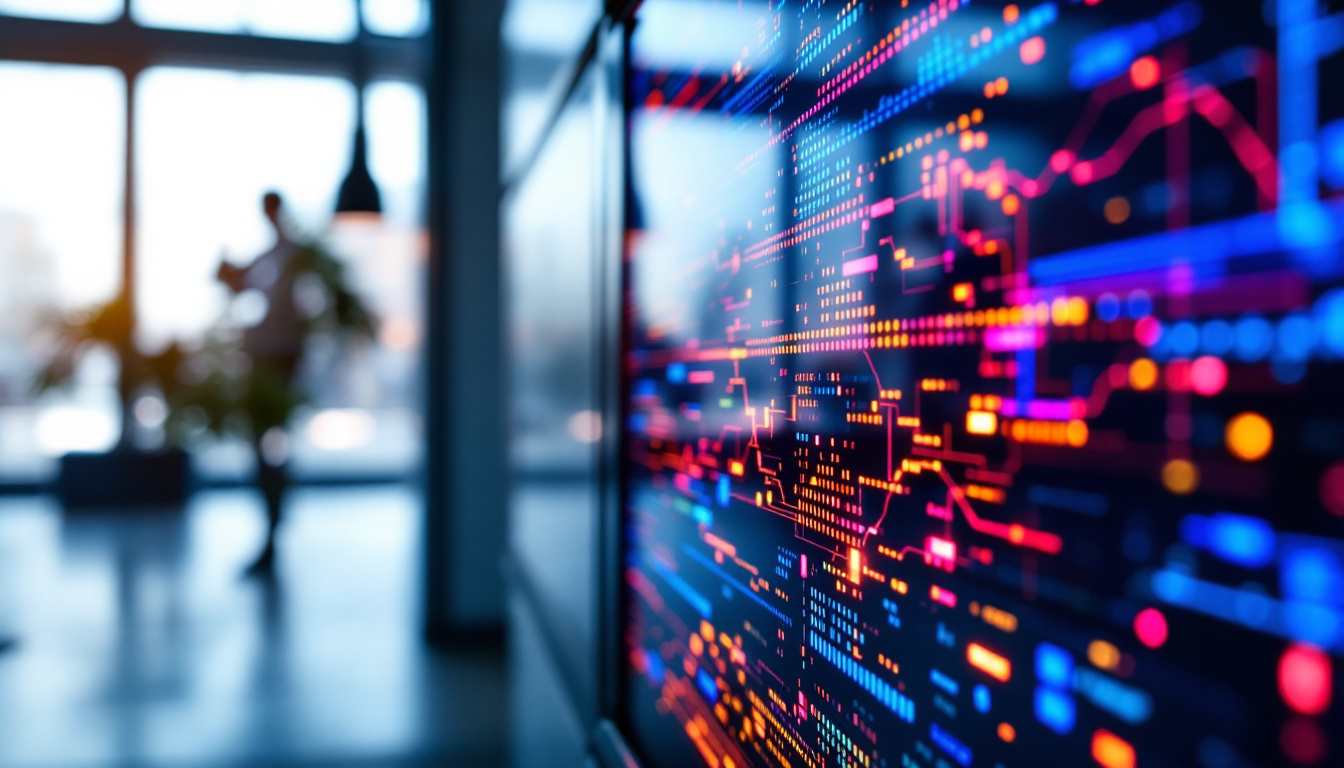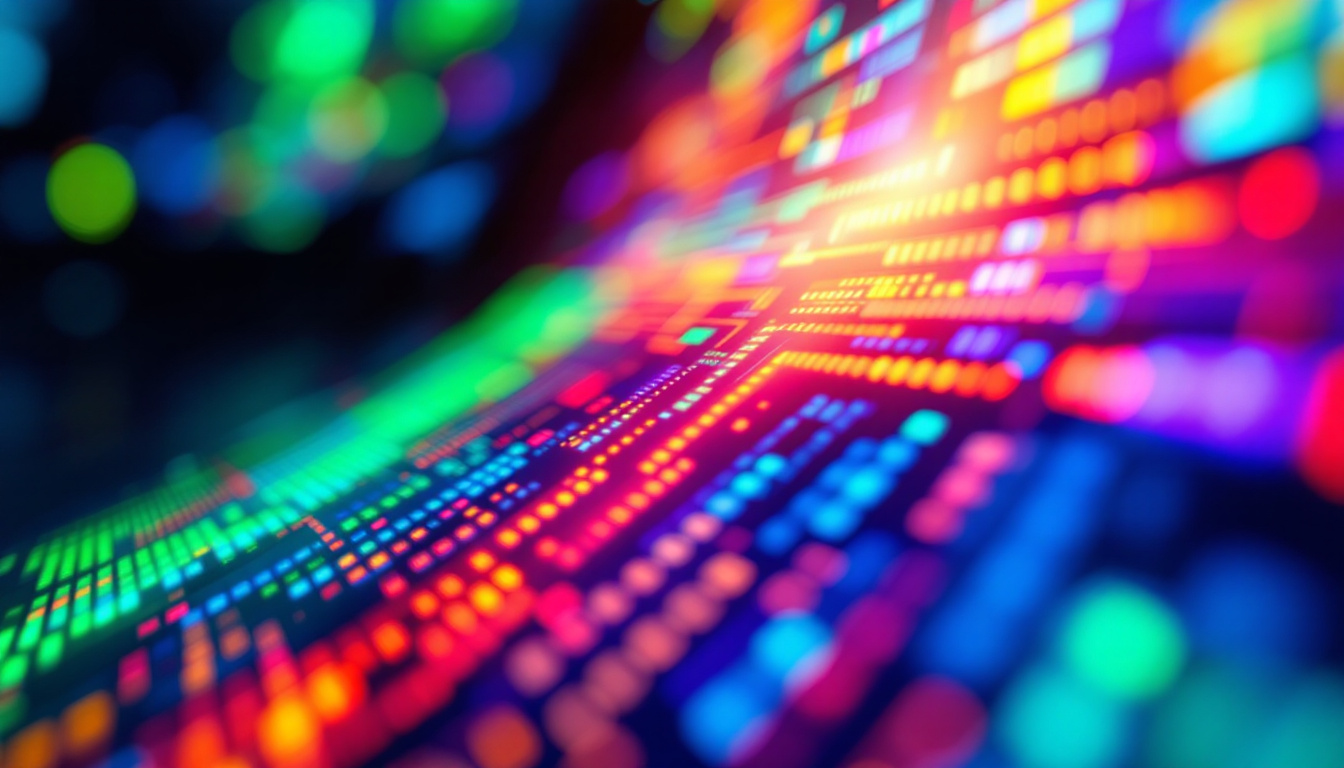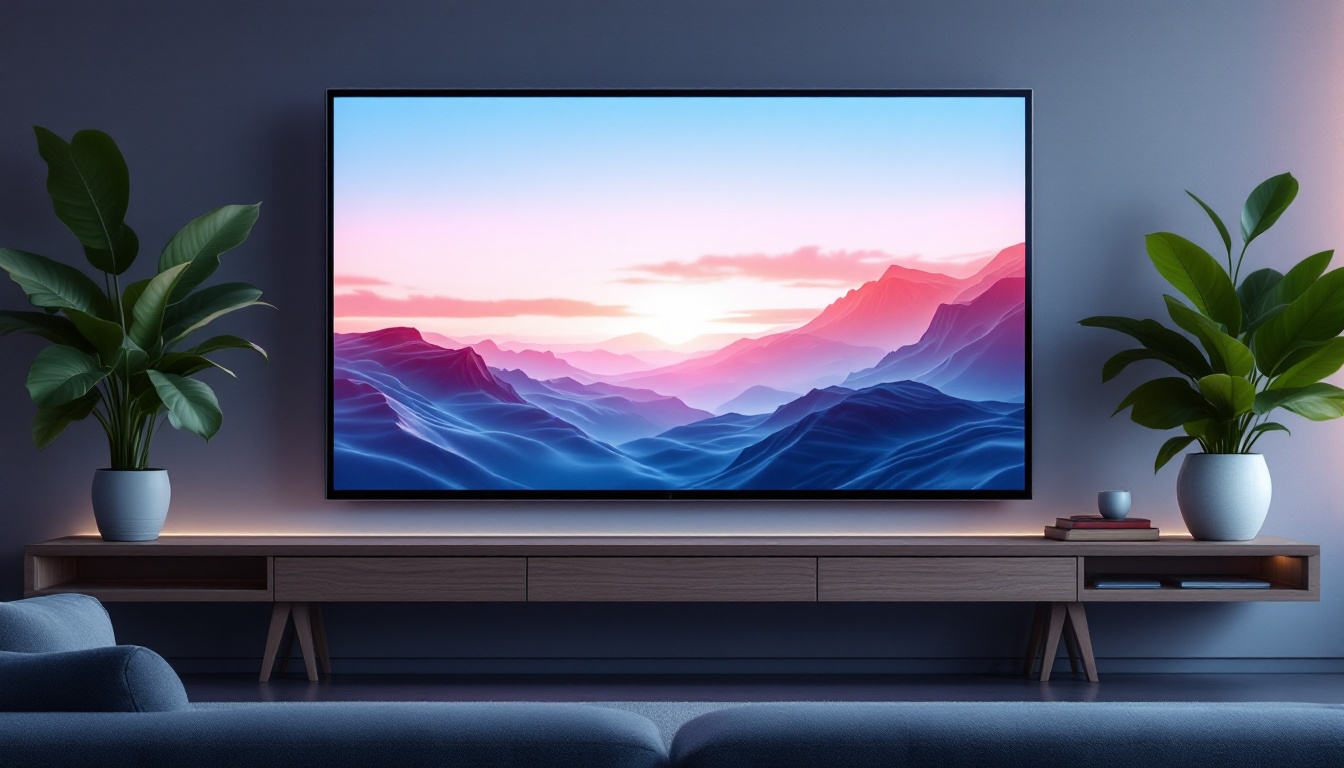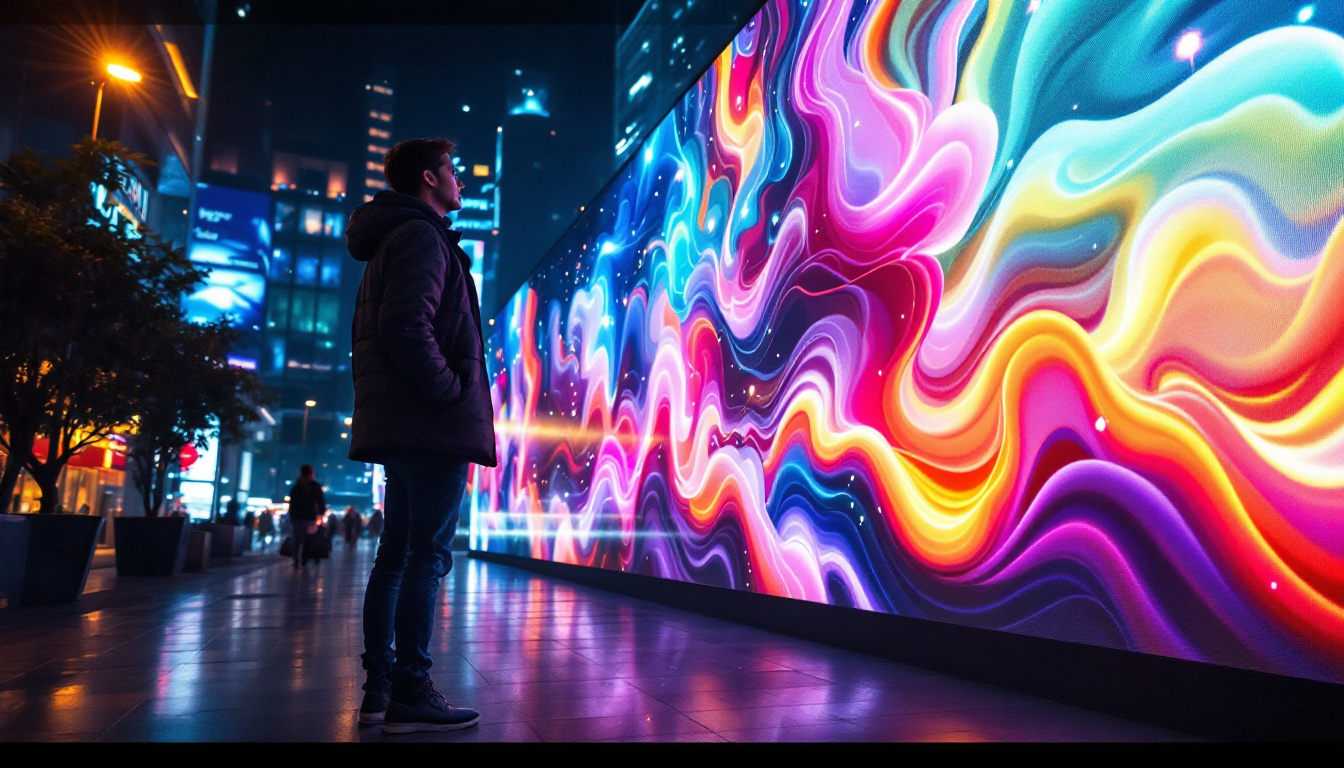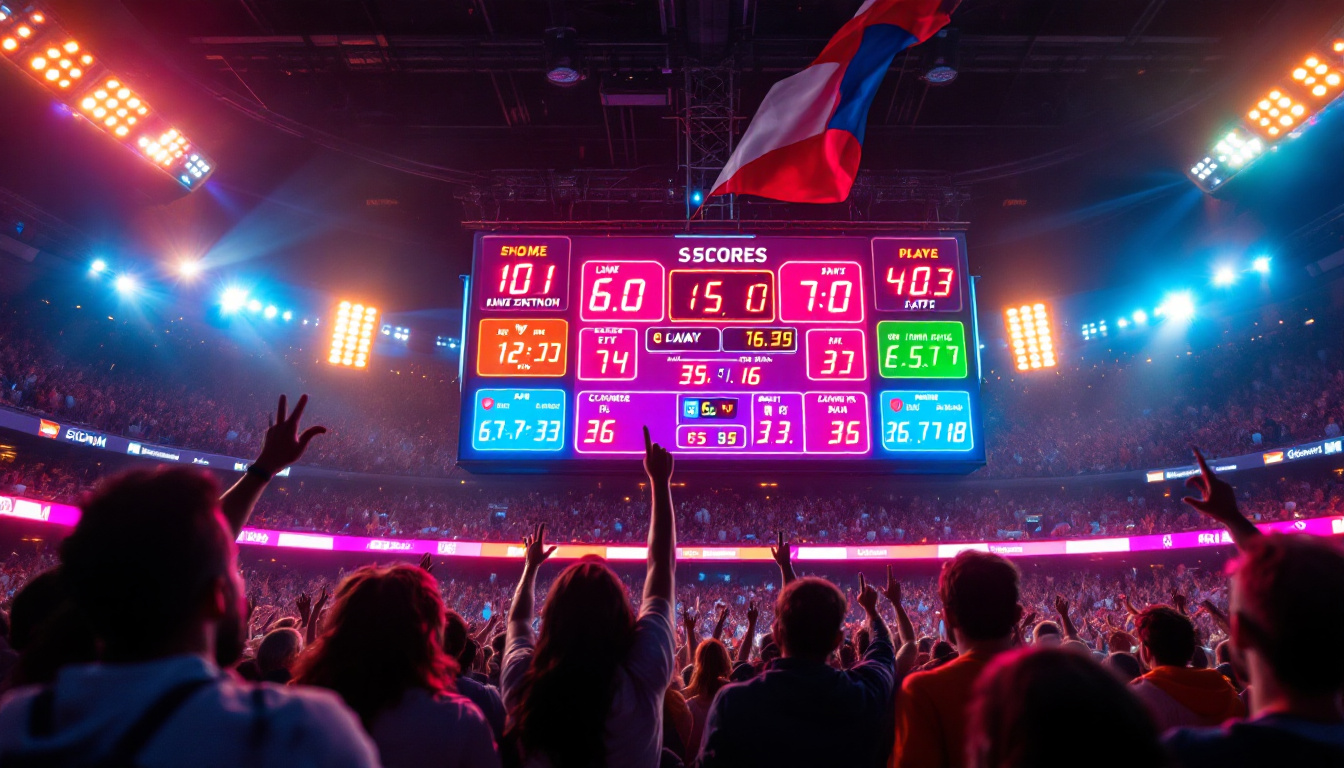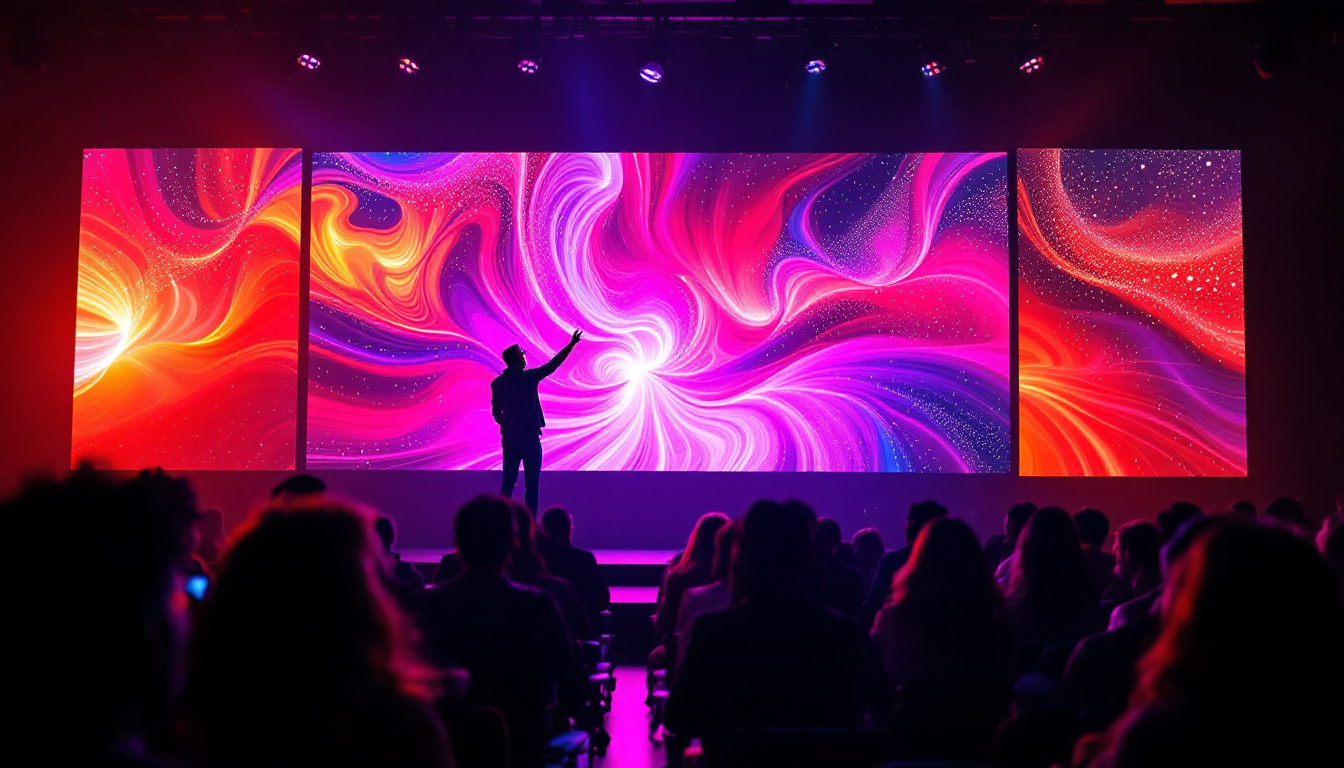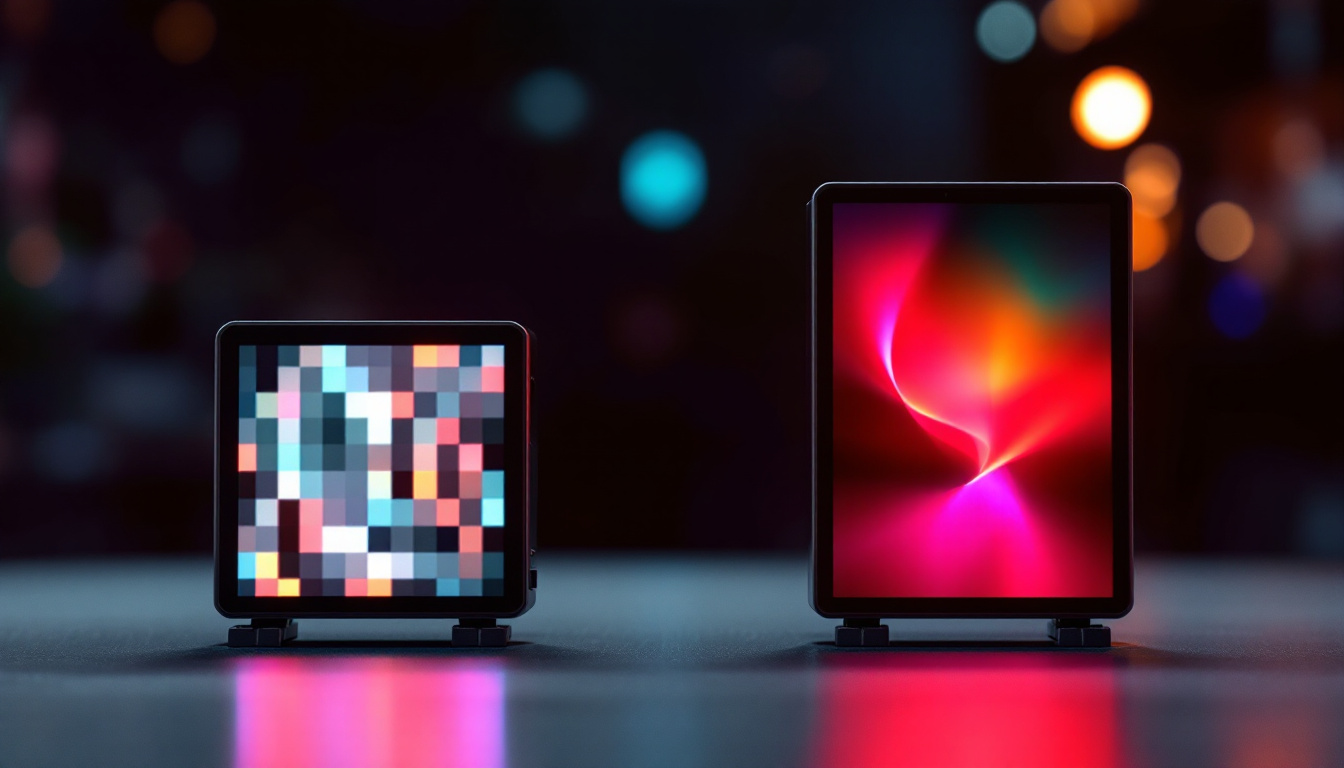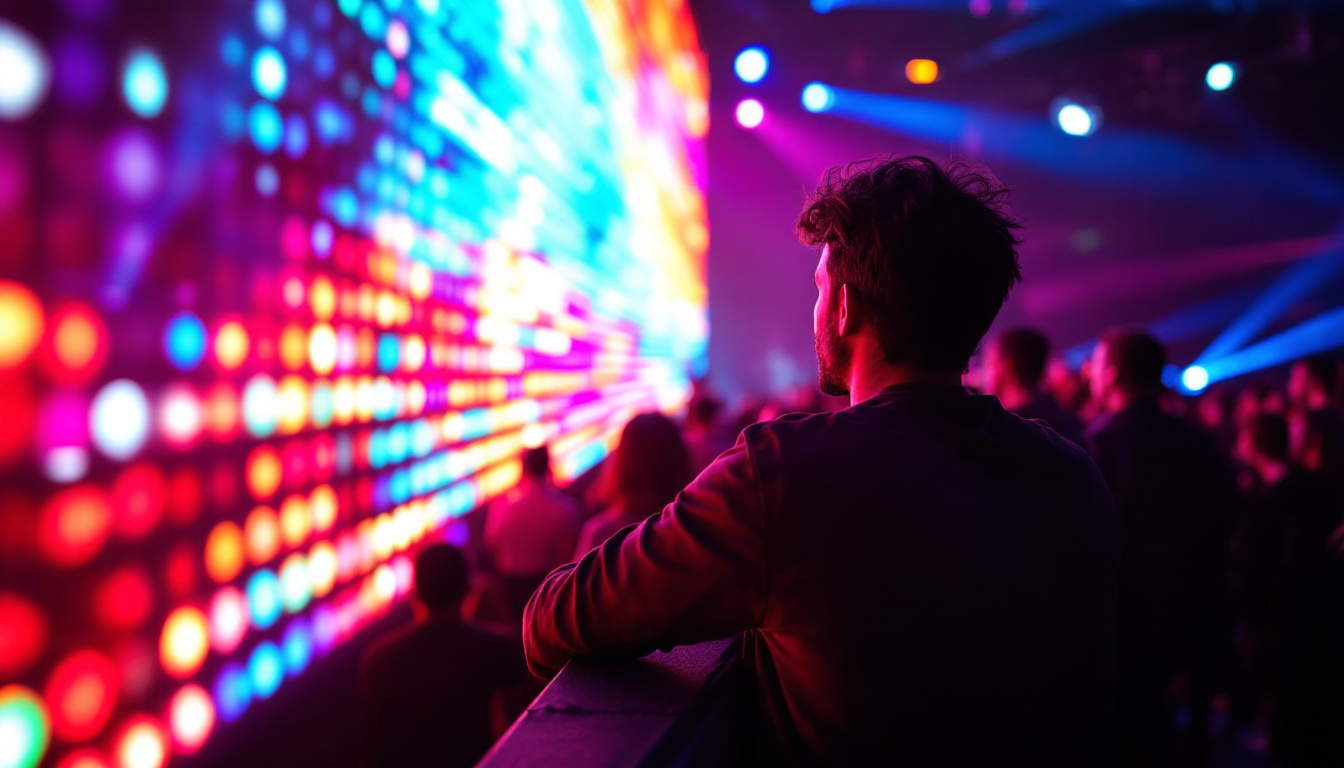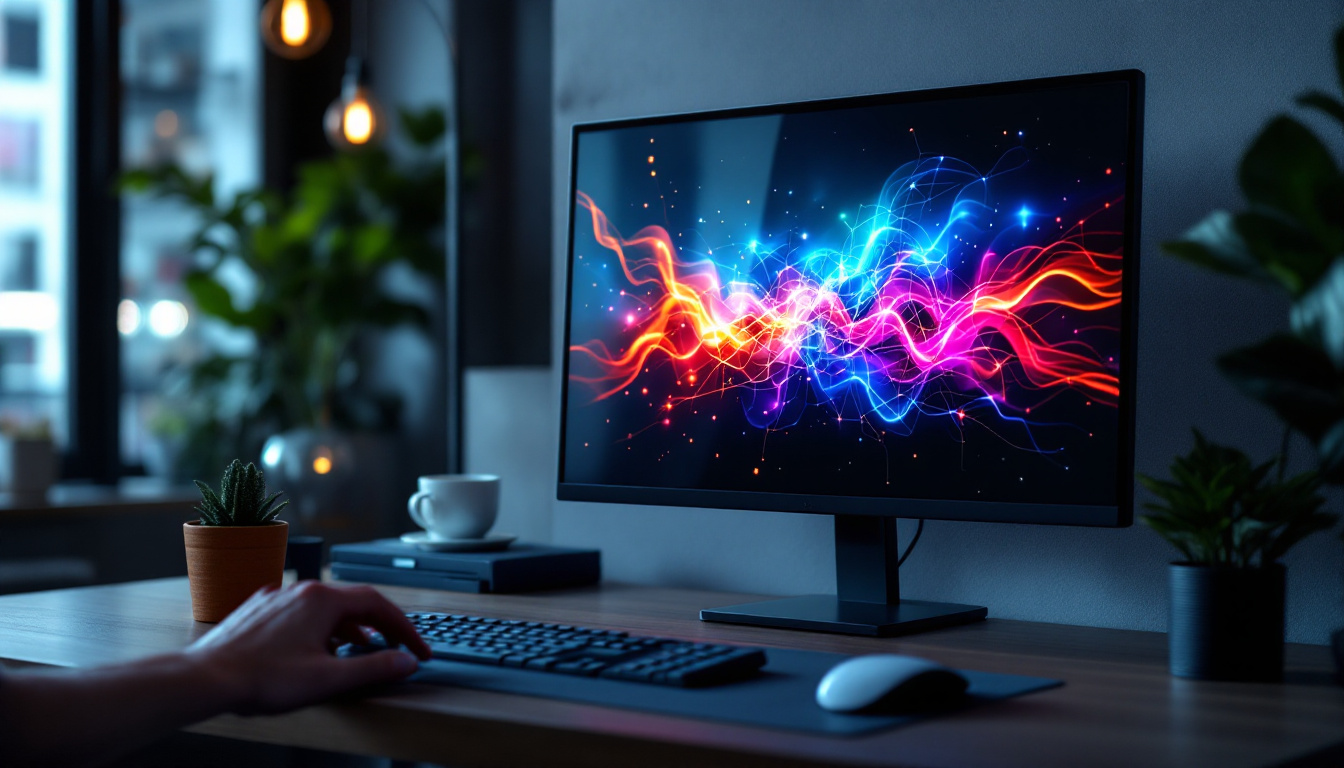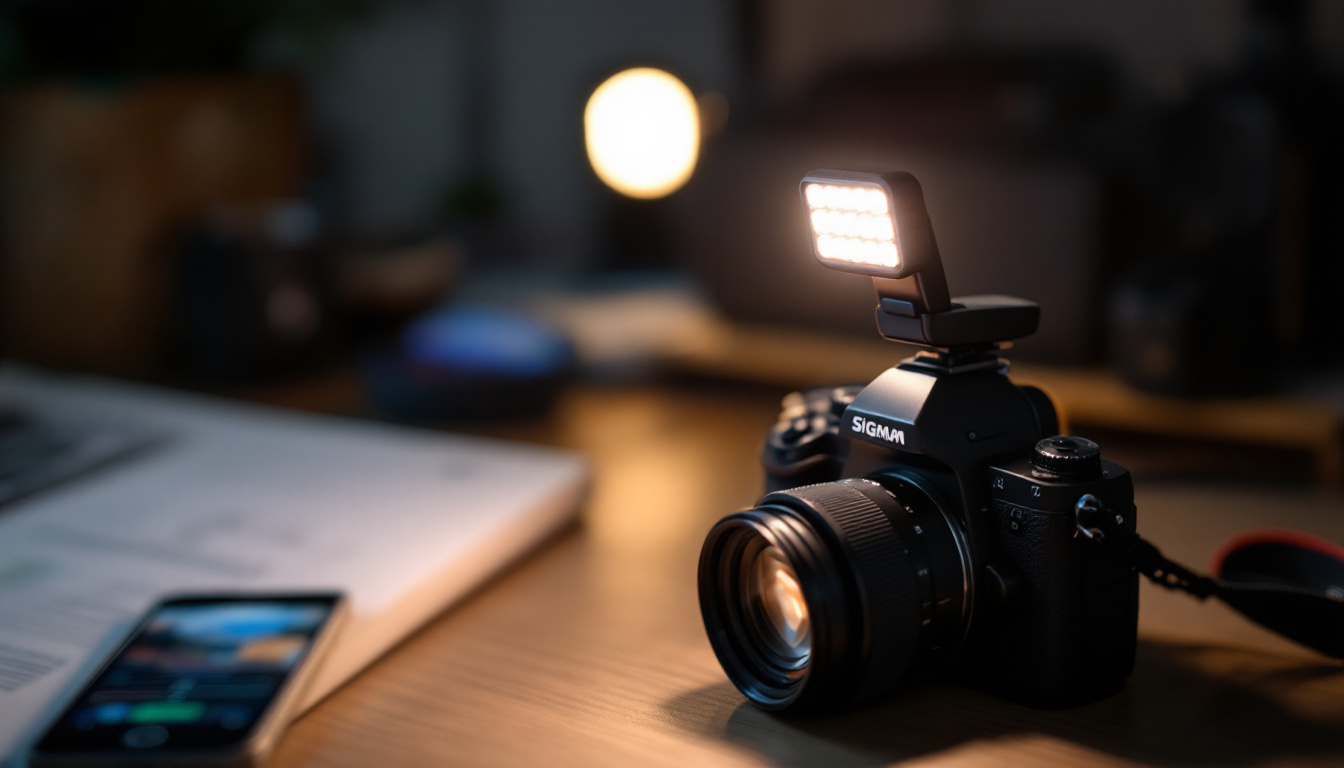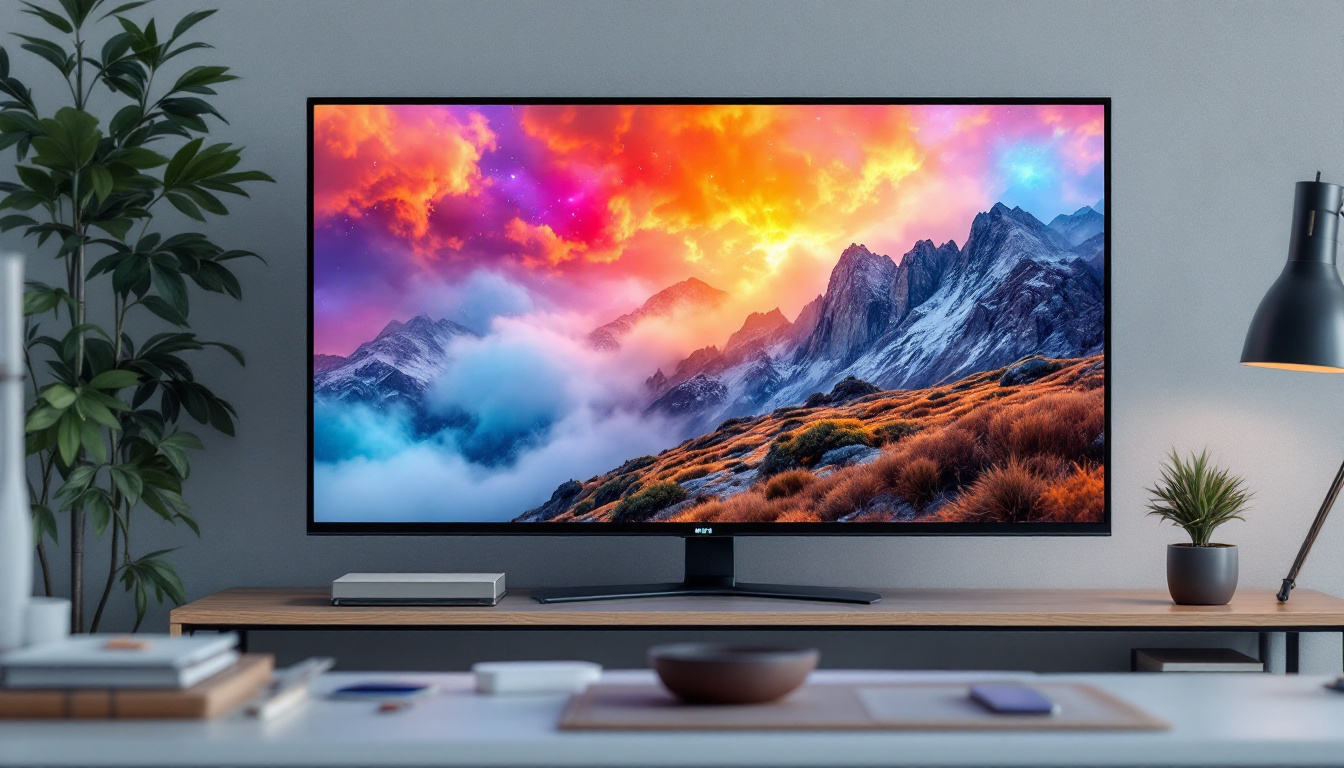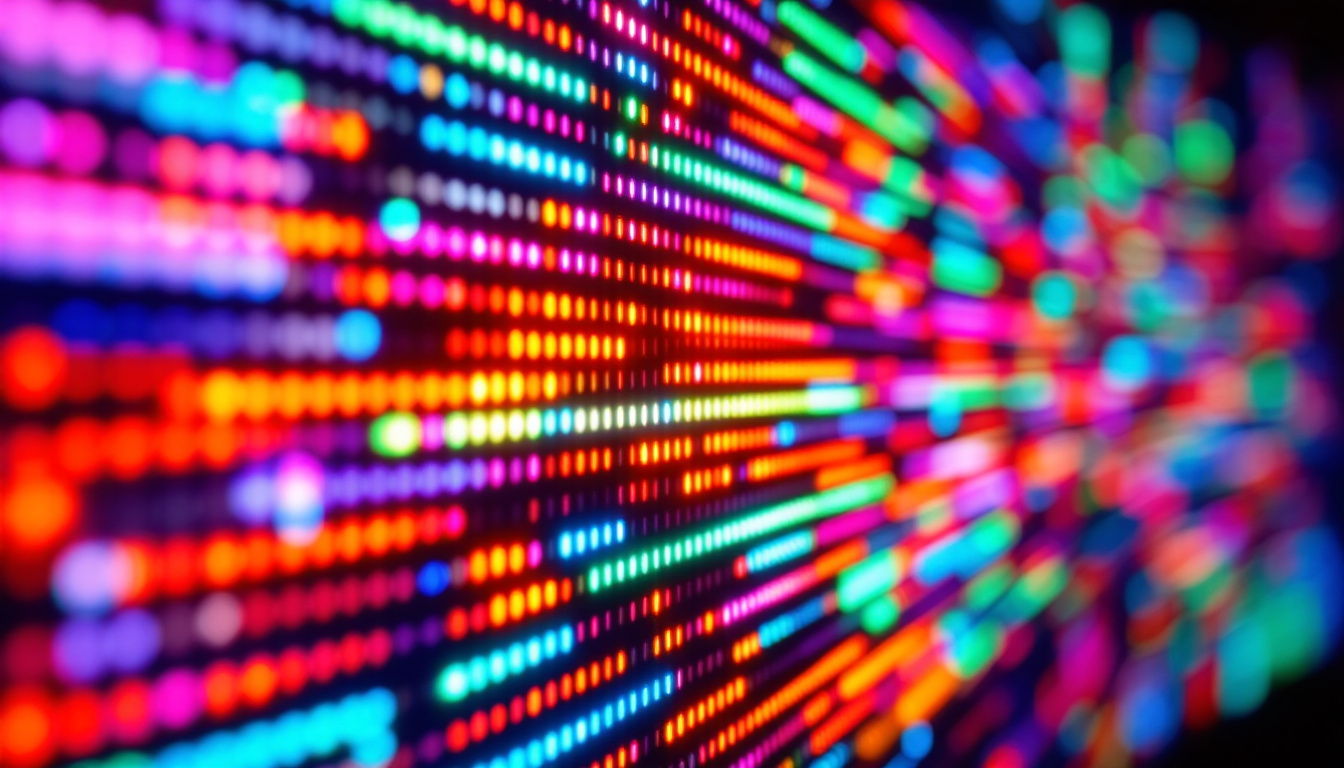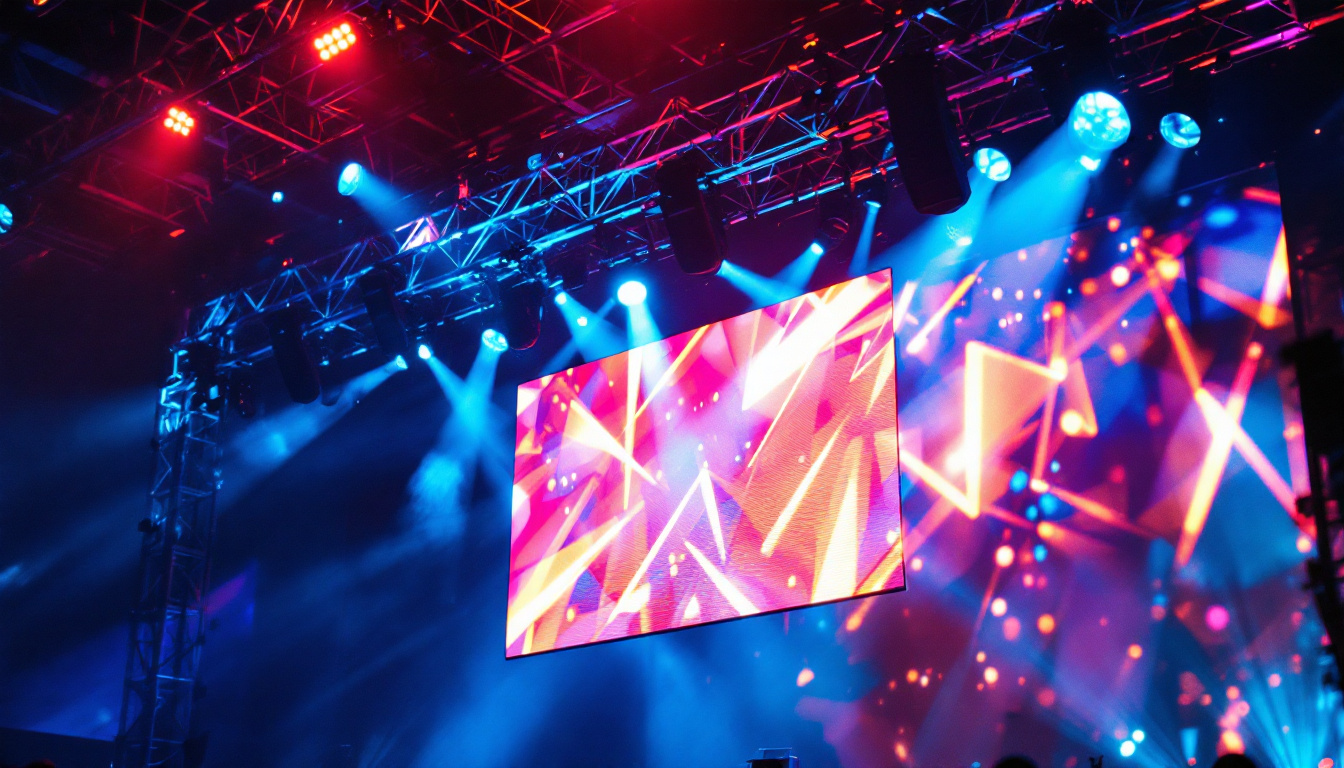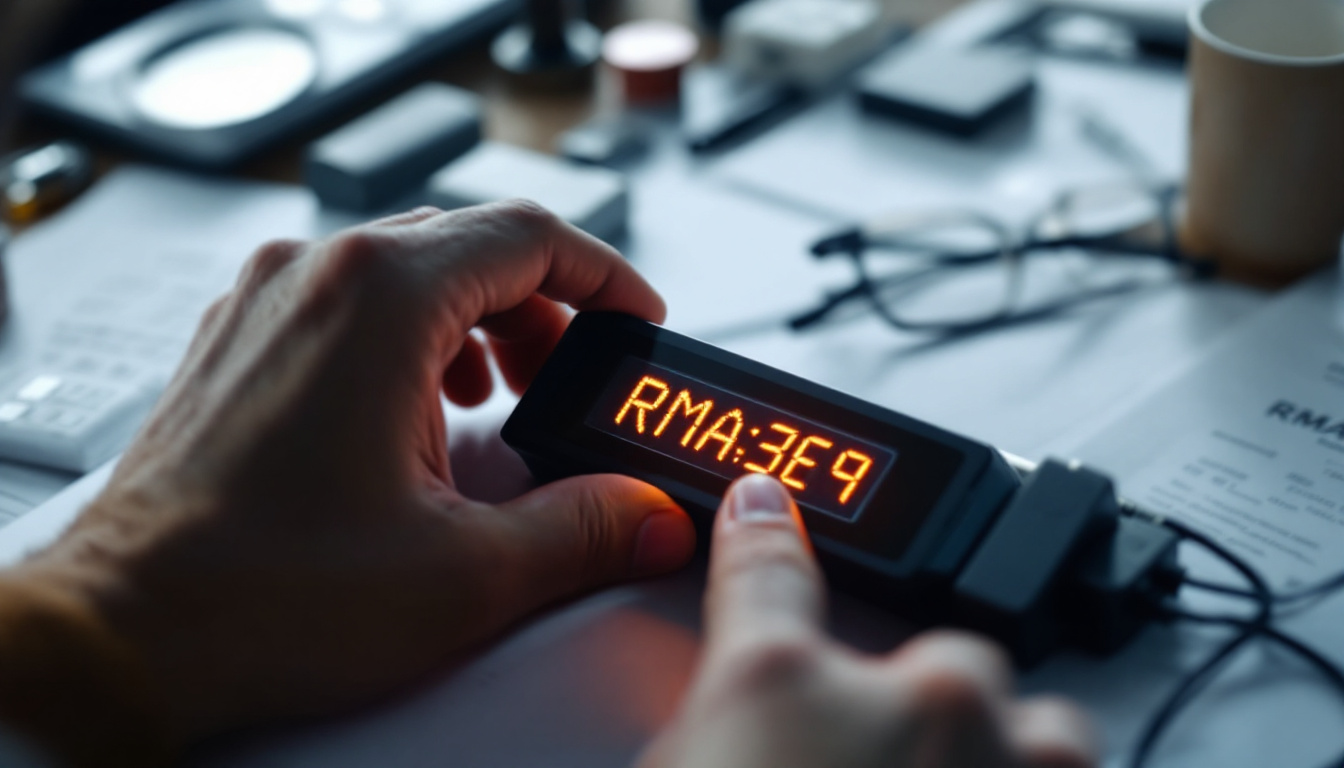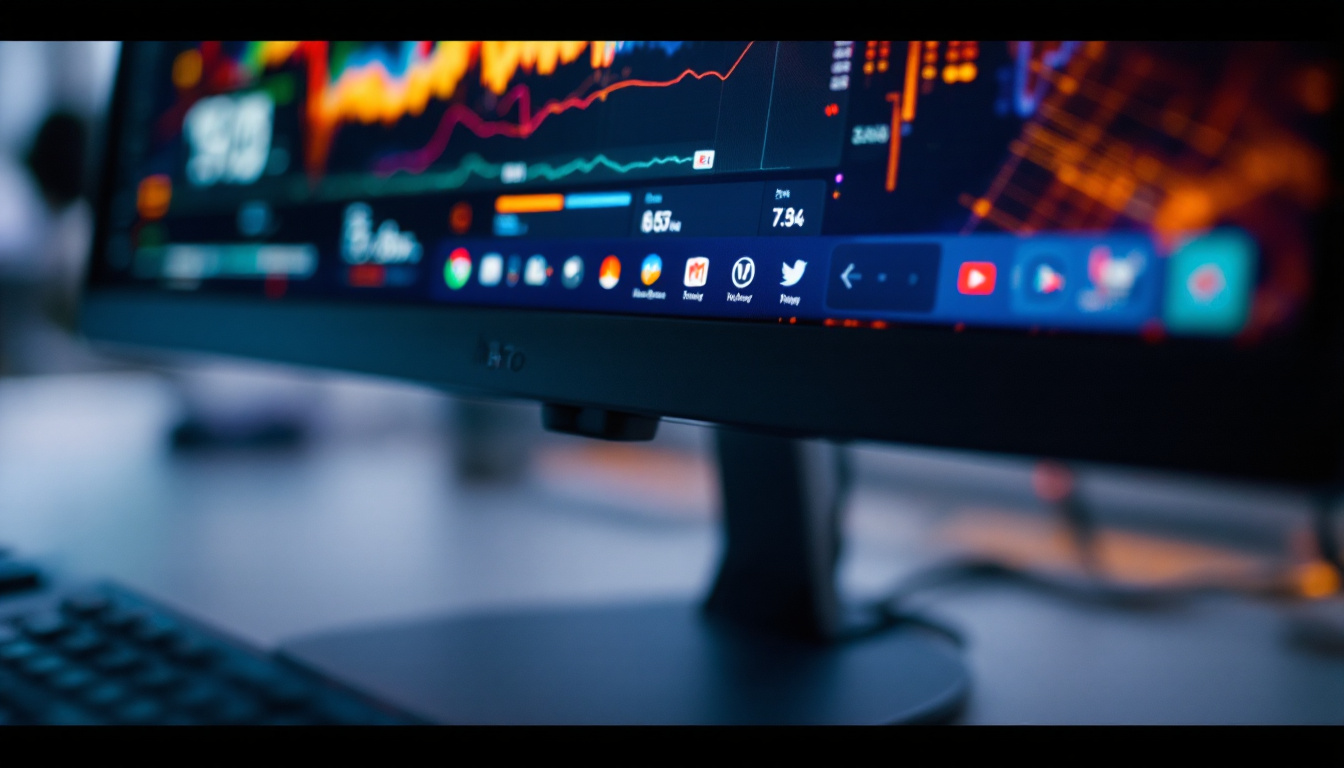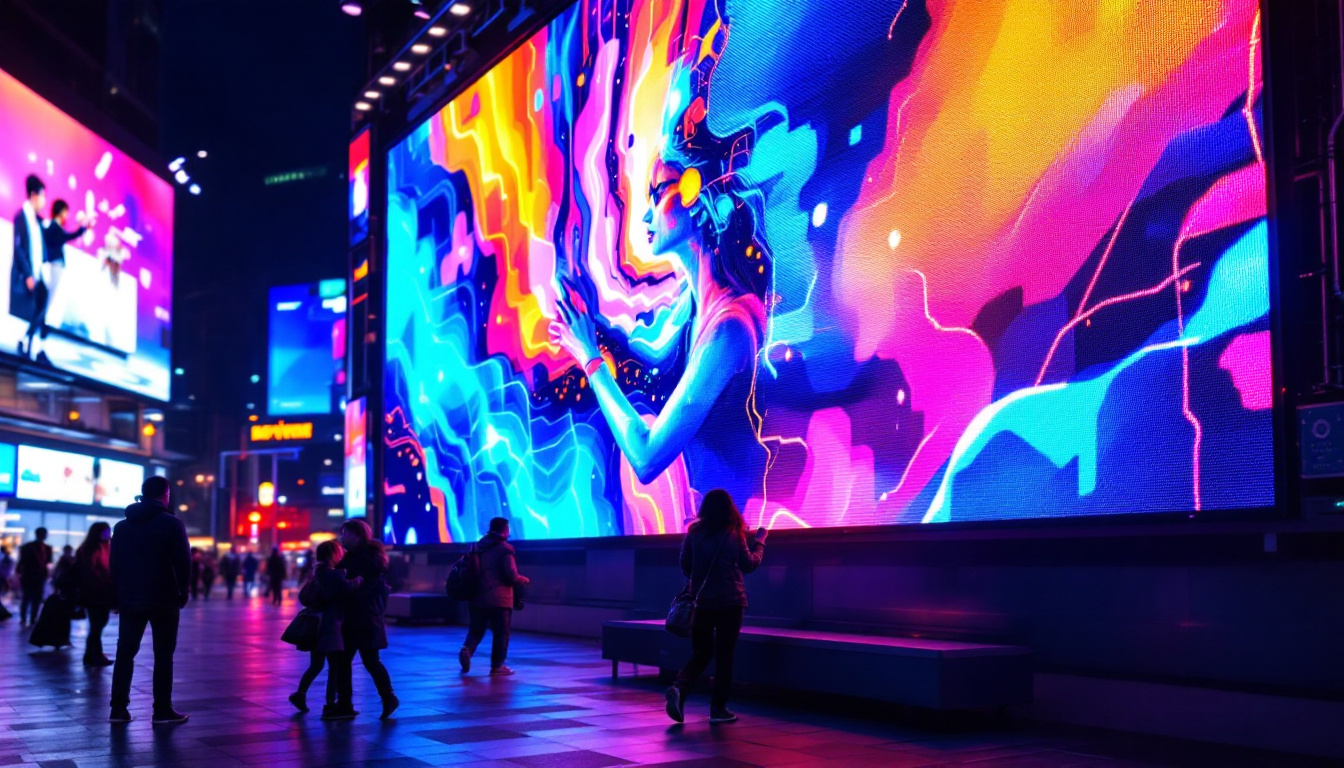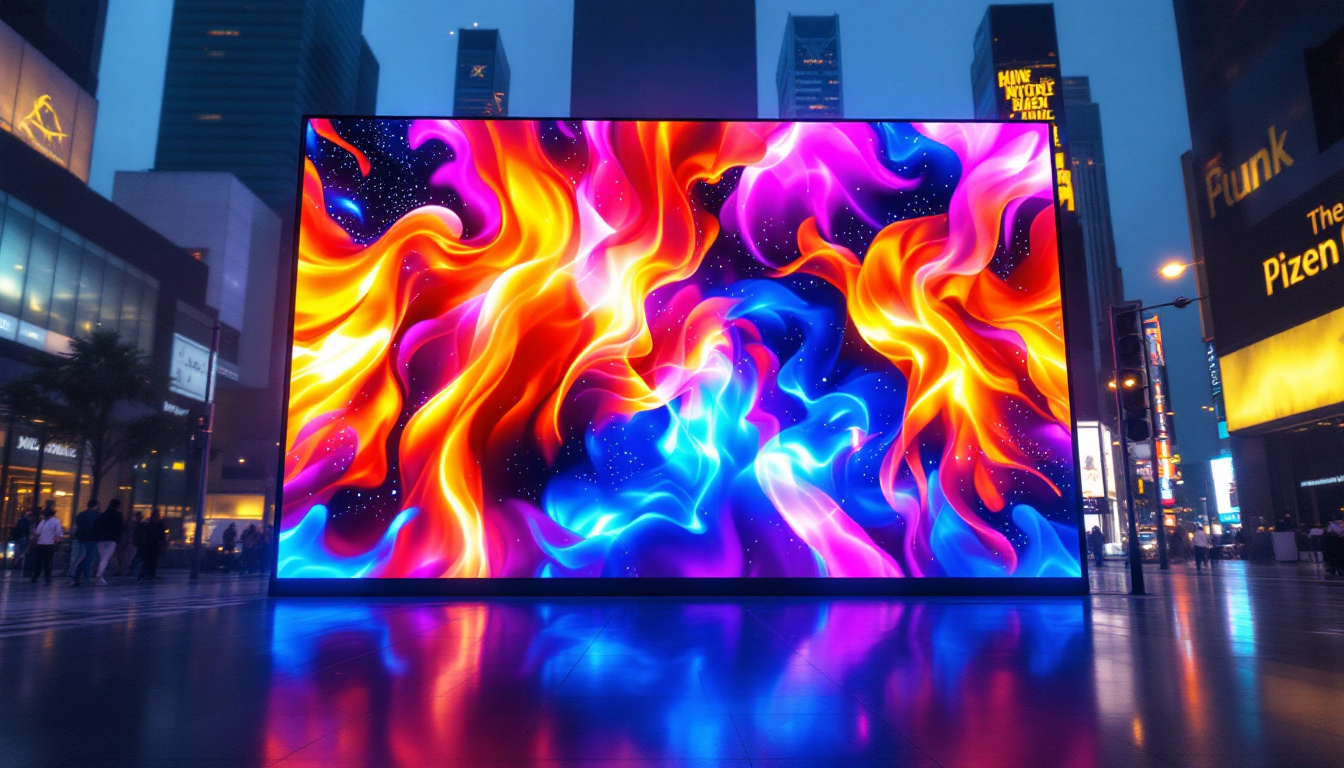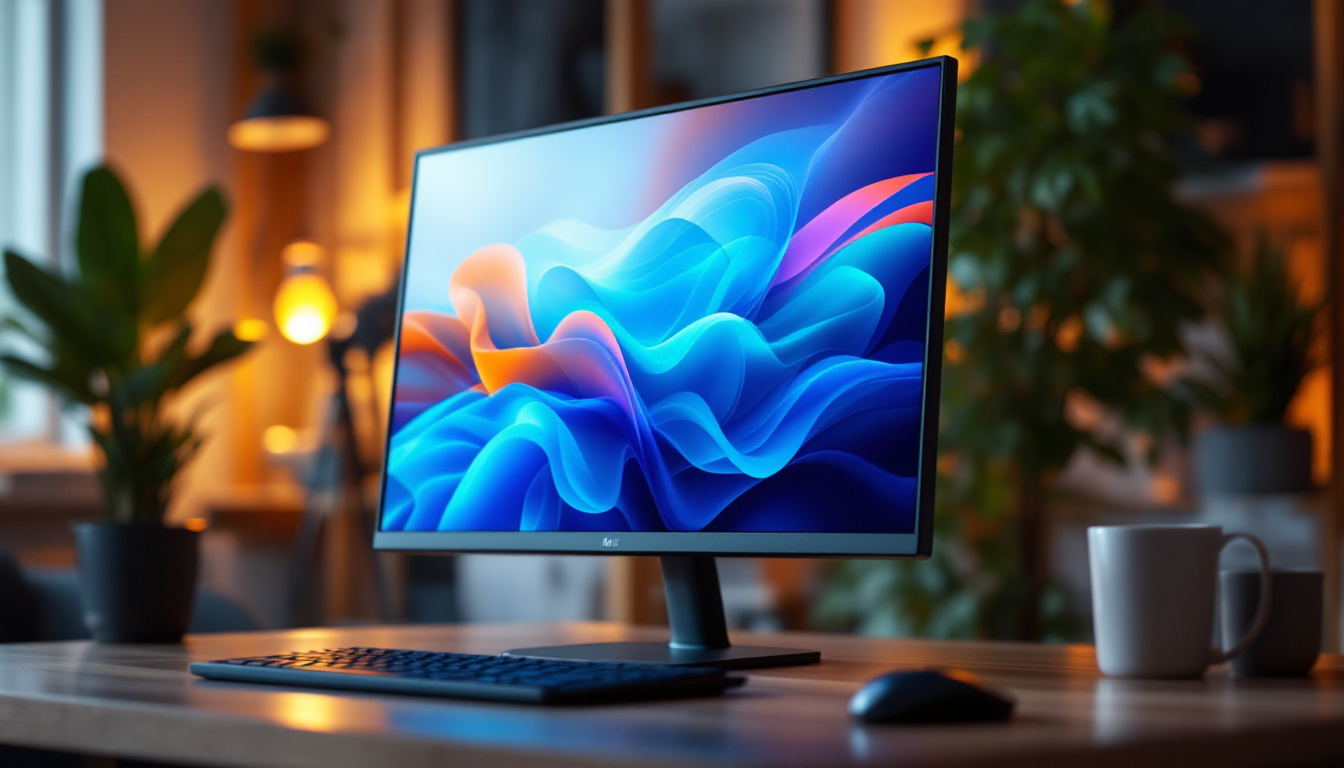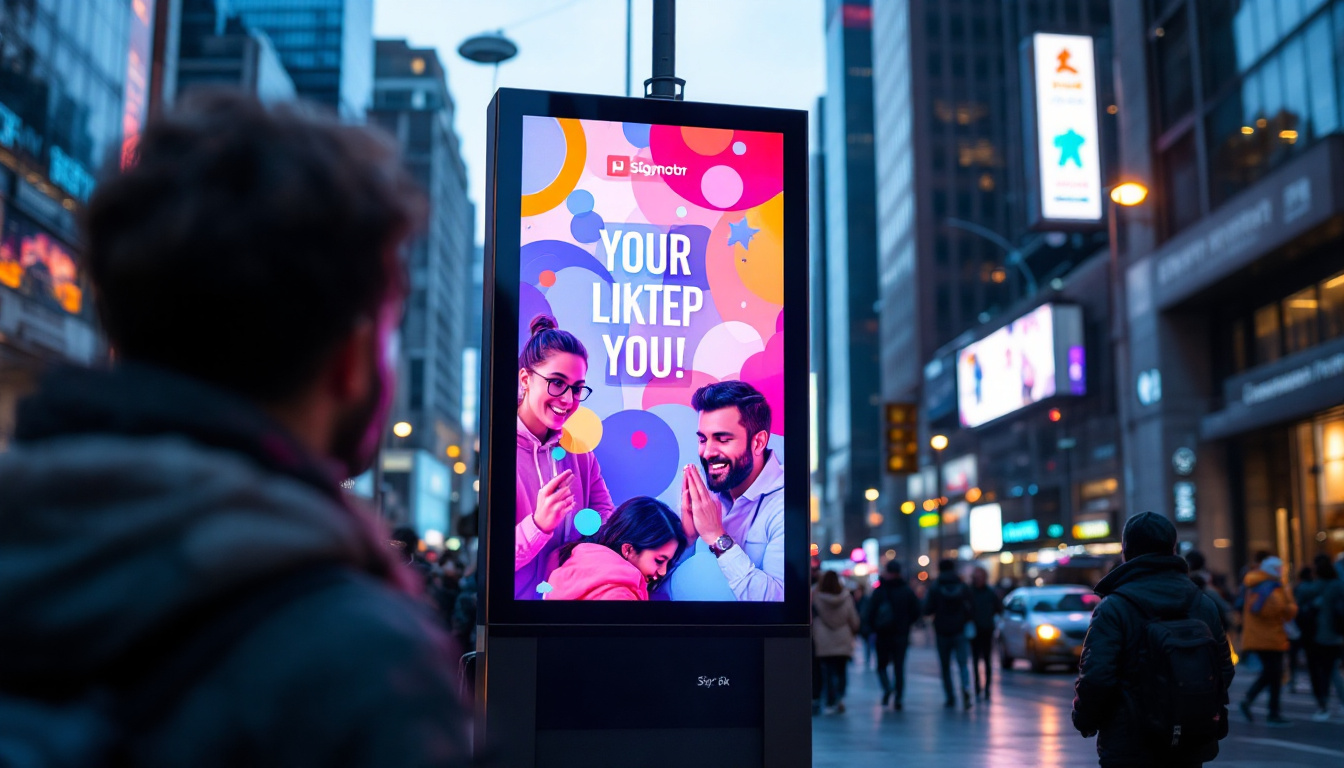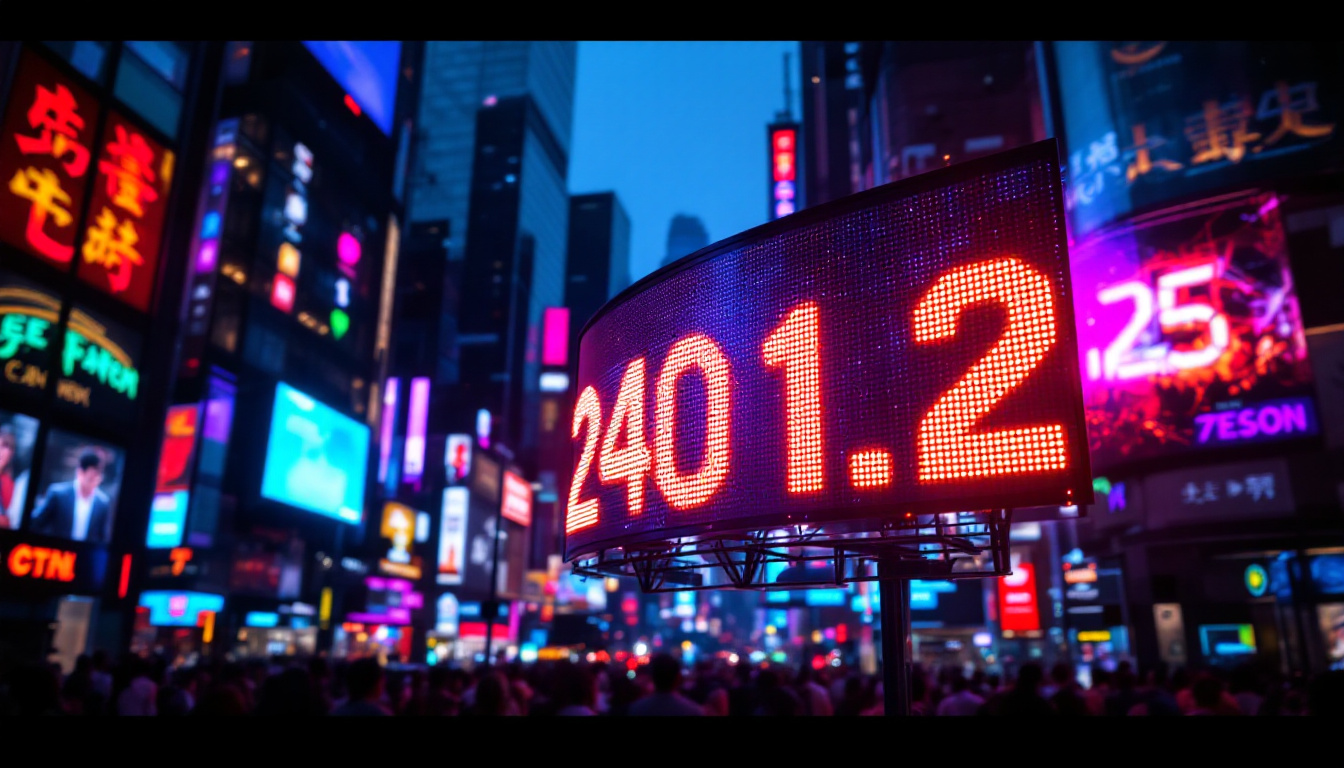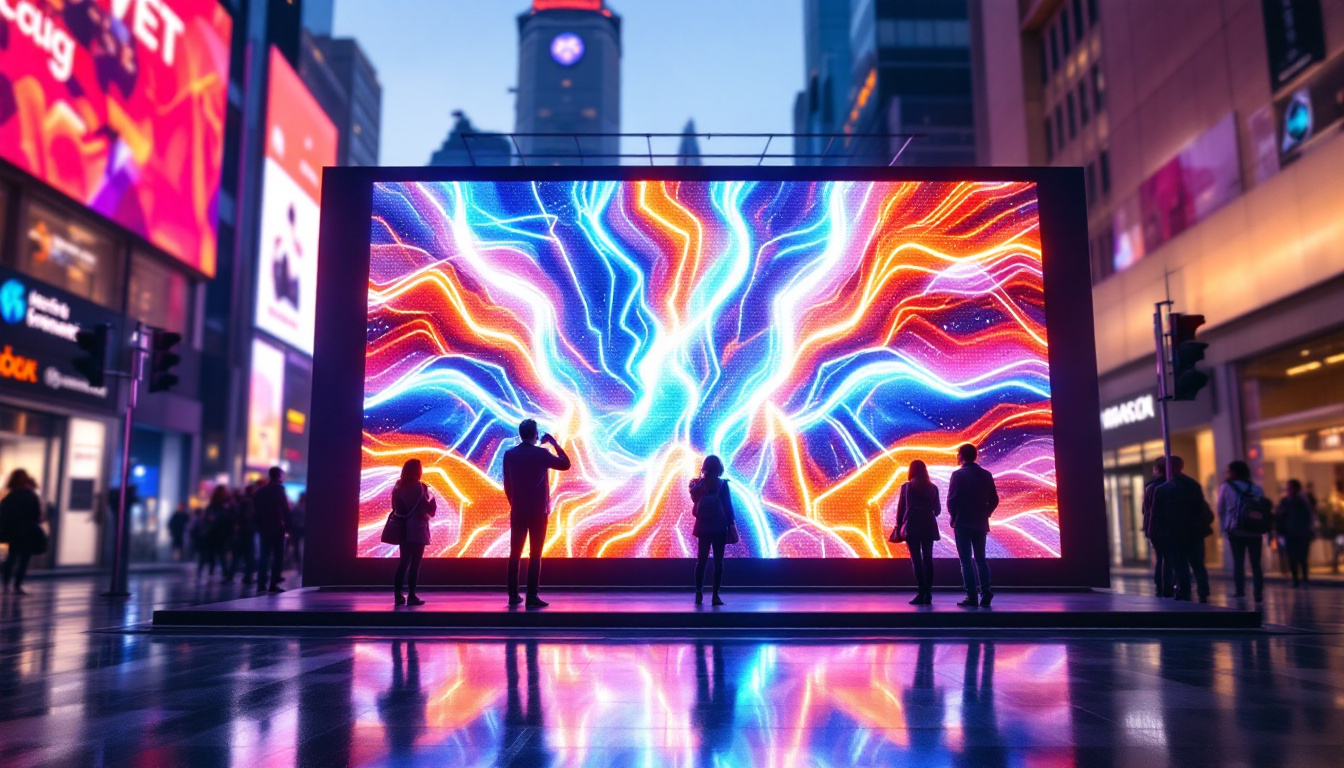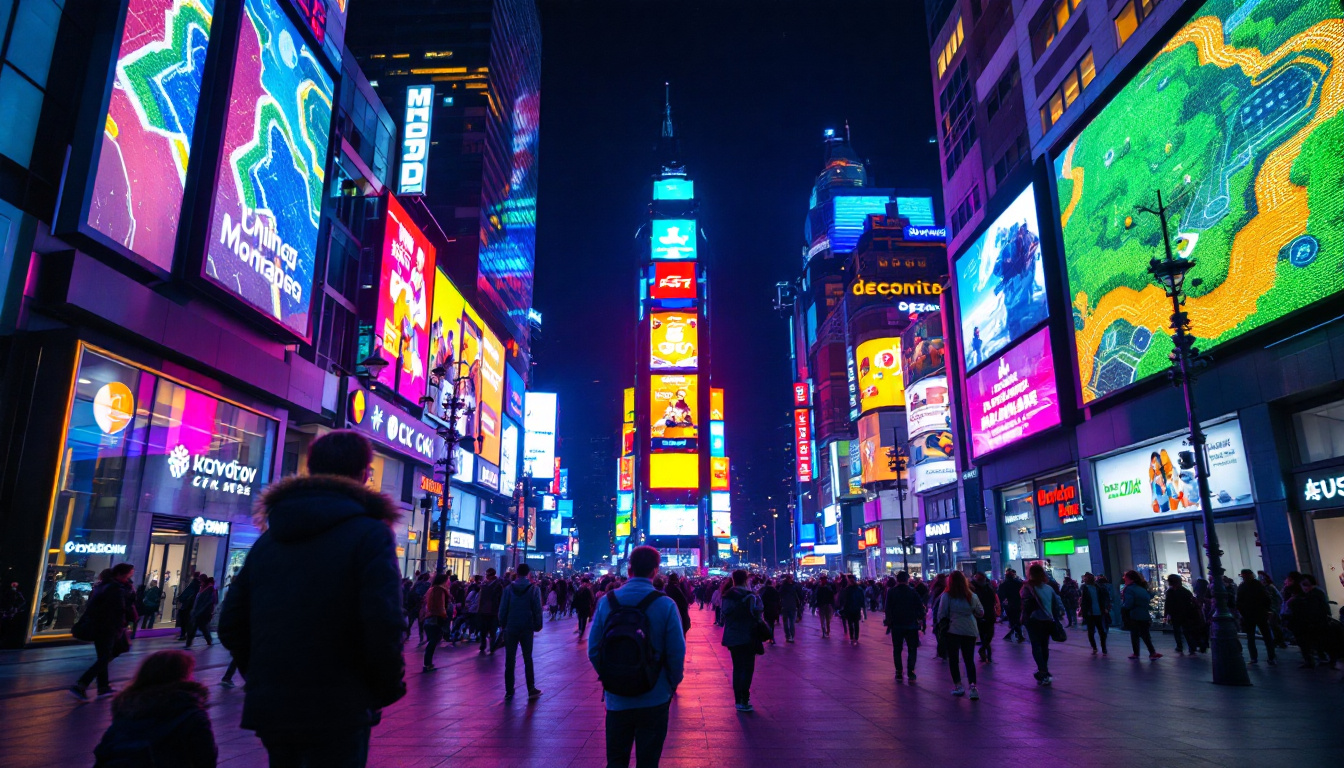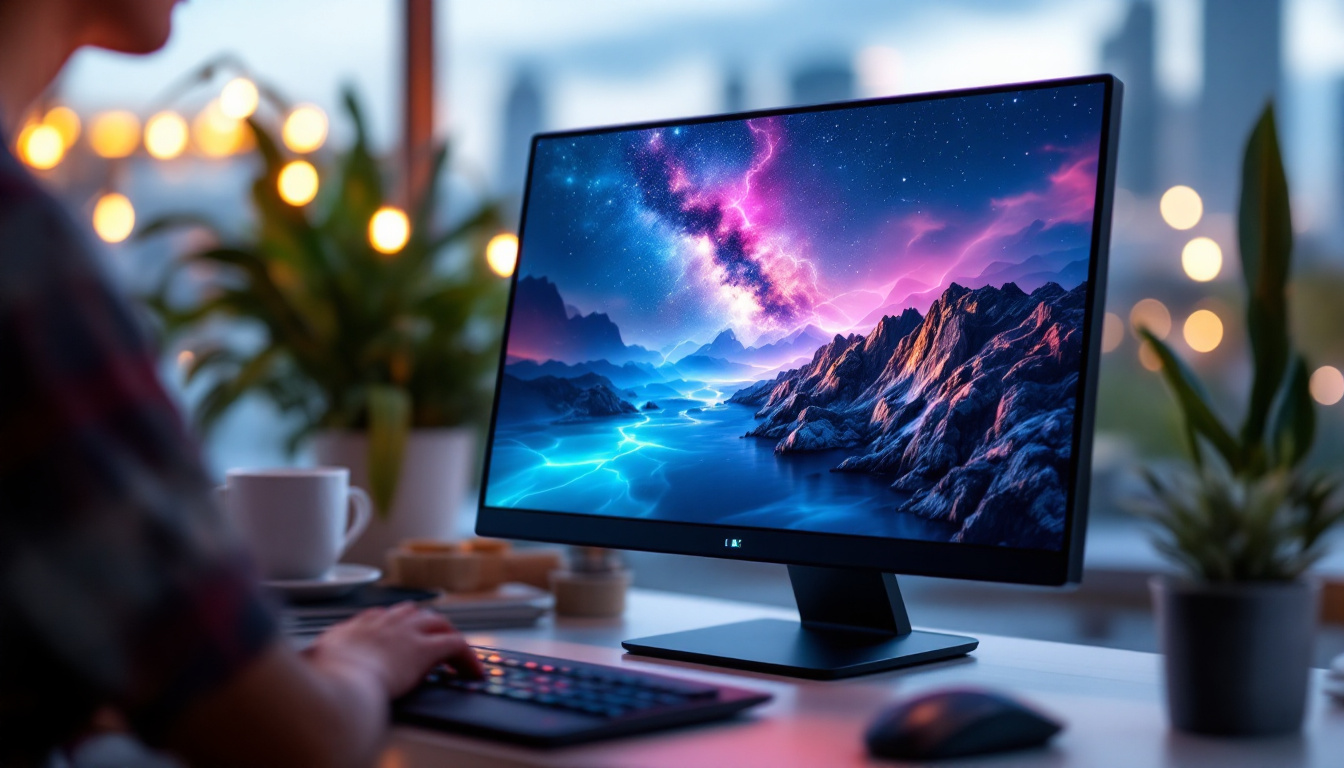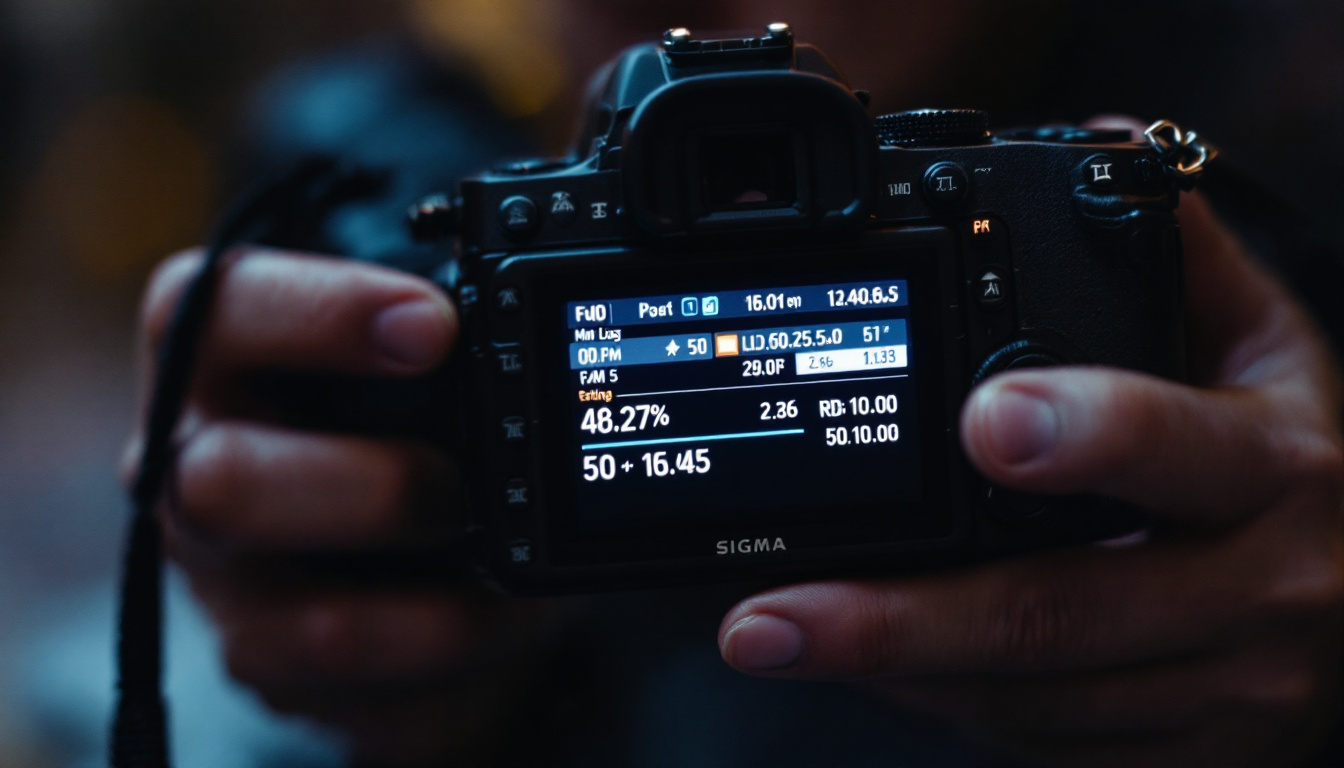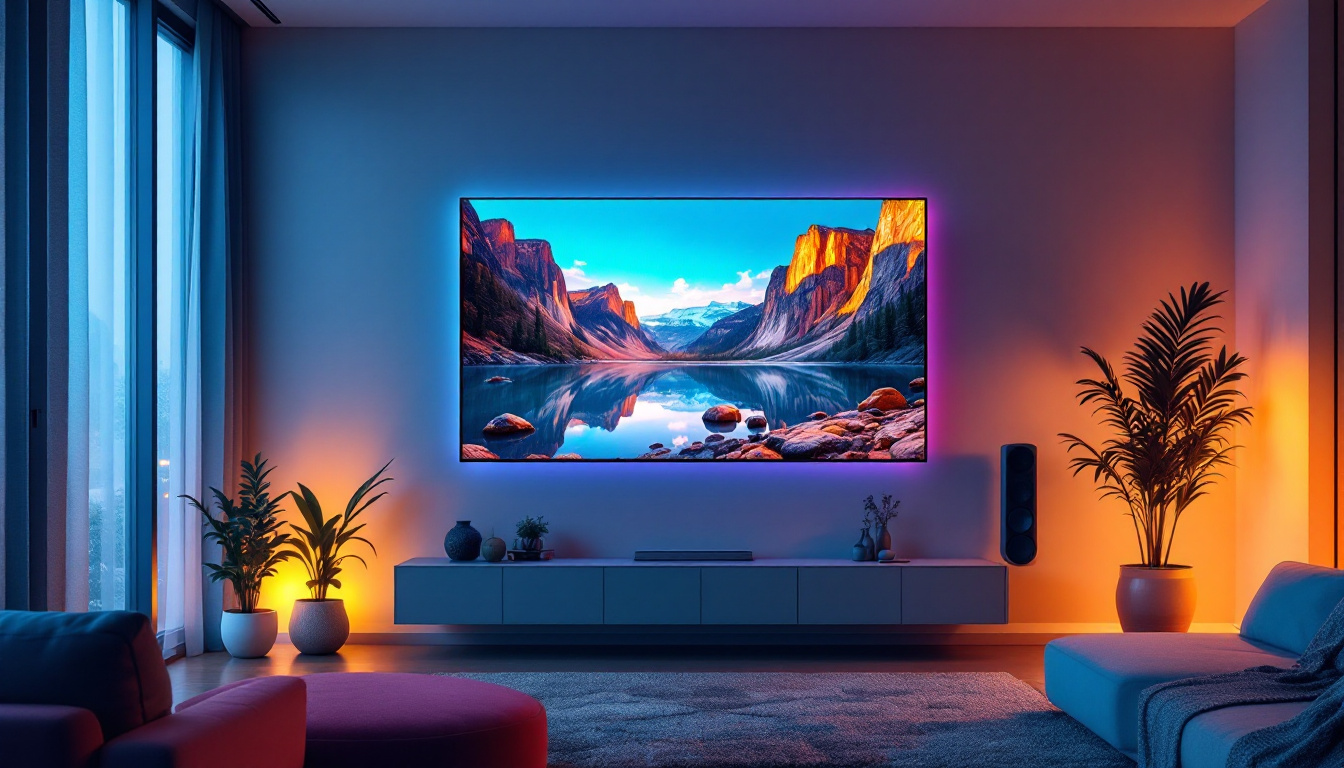In the world of modern broadcasting and digital media, studio wall panels equipped with LED displays have become an essential component. These panels not only enhance the aesthetic appeal of a studio but also serve functional purposes that are crucial for effective communication and presentation. This article delves into the intricacies of LED display technology in studio wall panels, exploring their benefits, applications, and the future of this innovative technology.
Understanding LED Display Technology
Light Emitting Diodes (LEDs) are semiconductor devices that emit light when an electric current passes through them. This technology has revolutionized the way visual content is displayed, offering brighter colors, higher contrast ratios, and improved energy efficiency compared to traditional display technologies. The shift from older technologies, such as cathode ray tubes (CRTs) and even early LCDs, to LED displays has not only enhanced the visual experience but has also contributed to significant energy savings, making them an environmentally friendly choice for both consumers and businesses.
How LED Displays Work
LED displays consist of numerous tiny light-emitting diodes arranged in a grid. Each diode can emit a specific color, and when combined, they create a full spectrum of colors. The most common configurations include RGB (Red, Green, Blue) systems, which allow for the creation of millions of different colors by varying the intensity of each diode. This color mixing capability is essential for producing high-quality images and videos, as it enables precise color reproduction that is critical in applications ranging from advertising to entertainment.
The operation of LED displays can be categorized into two main types: direct view and backlit. Direct view displays are made up of individual LEDs that form the entire image, while backlit displays use LEDs to illuminate a liquid crystal display (LCD) panel from behind. The former is often preferred for studio wall panels due to their superior brightness and color accuracy. Additionally, direct view LED displays are known for their ability to maintain performance in various lighting conditions, making them ideal for outdoor advertising and large venue installations where ambient light can be a challenge.
Types of LED Displays
There are several types of LED displays used in studio wall panels, each with its unique features and applications. Some of the most common types include:
- Surface-Mounted Device (SMD) Displays: These displays integrate red, green, and blue LEDs into a single pixel, allowing for a thinner profile and better viewing angles. This compact design not only enhances aesthetic appeal but also facilitates easier installation and maintenance, making SMD displays a popular choice for modern digital signage.
- Through-Hole Displays: These are older technology displays where individual LEDs are mounted through holes in a circuit board. They are generally bulkier and less efficient than SMD displays. While they may still be found in some legacy systems, their use is declining as newer technologies offer better performance and versatility.
- Organic LED (OLED) Displays: OLED technology utilizes organic compounds to emit light, offering deeper blacks and more vibrant colors. However, they are less commonly used in large-scale installations due to cost considerations. Despite this, OLED displays are gaining traction in high-end consumer electronics, where their superior image quality can be fully appreciated in smaller formats.
In addition to these types, there are also specialized LED displays designed for specific applications. For instance, transparent LED displays are becoming increasingly popular in retail environments, allowing for eye-catching visuals while maintaining visibility through the screen. Similarly, flexible LED displays are being developed for creative installations, enabling designers to create unique shapes and forms that were previously impossible with traditional display technologies. These innovations continue to push the boundaries of what is possible in visual communication, making LED technology an exciting field to watch.
Benefits of LED Display Panels in Studios
The integration of LED display panels in studios provides numerous advantages that enhance both the functionality and aesthetics of the space. Here are some key benefits:
Enhanced Visual Quality
One of the primary advantages of LED displays is their ability to produce high-quality visuals. With superior brightness and color accuracy, LED panels ensure that content is displayed clearly, even in well-lit environments. This is particularly important in studios where lighting can vary significantly.
Additionally, the high resolution of LED displays allows for detailed images and videos, making them ideal for presentations, live broadcasts, and creative projects. The ability to display content in vibrant colors enhances viewer engagement and retention.
Flexibility and Customization
LED display panels are highly versatile, allowing for various configurations and sizes to fit specific studio needs. They can be designed as large video walls, individual panels, or even integrated into existing structures. This flexibility enables studios to create unique visual experiences tailored to their audience.
Moreover, the customizable nature of LED displays allows for dynamic content changes. Studios can easily switch between different graphics, videos, and live feeds, providing a fresh and engaging experience for viewers.
Energy Efficiency
In an era where energy consumption is a significant concern, LED displays stand out for their efficiency. Compared to traditional lighting systems, LED technology consumes considerably less power while delivering superior brightness. This not only reduces operational costs but also aligns with sustainability goals.
Furthermore, the longevity of LED panels means less frequent replacements, contributing to lower waste and a smaller environmental footprint. This makes LED displays a smart choice for studios looking to minimize their impact on the planet.
Applications of LED Display Panels in Studios
The versatility of LED display panels allows them to be utilized in various studio applications. Here are some common uses:
Broadcasting and Live Events
In broadcasting studios, LED displays play a crucial role in delivering high-quality visuals to viewers. They are often used as backdrops for news anchors, providing dynamic content that can change in real-time. This capability enhances storytelling by visually reinforcing the information being presented.
During live events, LED panels can be used to display graphics, sponsor logos, and real-time social media feeds. This not only engages the audience but also creates a more interactive experience, making viewers feel part of the event.
Corporate Presentations
corporate studios and conference rooms have also embraced LED display technology. These panels can be used for presentations, allowing for clear and impactful visuals that capture the audience’s attention. The ability to display multiple content sources simultaneously, such as slideshows, videos, and live feeds, enhances the overall presentation experience.
Moreover, LED displays can be integrated with interactive technologies, enabling audience participation through polls and Q&A sessions. This interactivity fosters engagement and ensures that the content resonates with the audience.
Creative and Artistic Installations
LED display panels are not limited to traditional uses; they have also found their way into creative and artistic installations. Artists and designers utilize LED technology to create immersive environments that captivate viewers. These installations can range from interactive art pieces to large-scale visual displays that transform spaces.
In studios dedicated to creative projects, LED panels can serve as canvases for digital art, animations, and video projections. This opens up new avenues for artistic expression and allows creators to push the boundaries of traditional media.
Future Trends in LED Display Technology
The future of LED display technology in studio wall panels looks promising, with several trends emerging that are likely to shape the industry. As technology continues to advance, studios can expect to see significant improvements in performance and capabilities.
Higher Resolution and Pixel Density
As the demand for high-quality visuals grows, manufacturers are focusing on developing LED displays with higher resolutions and pixel densities. This trend will enable studios to deliver even more detailed and lifelike images, enhancing the overall viewing experience.
MicroLED technology, which utilizes microscopic LEDs to create displays, is gaining traction. This technology promises to deliver exceptional color accuracy and contrast, making it ideal for high-end studio applications.
Integration with Artificial Intelligence
Artificial intelligence (AI) is set to play a significant role in the future of LED display technology. AI can be used to optimize content delivery, analyze viewer engagement, and automate content changes based on real-time data. This integration will enhance the efficiency and effectiveness of studio operations.
Moreover, AI-driven analytics can provide valuable insights into audience preferences, allowing studios to tailor their content to meet viewer expectations. This level of personalization can significantly improve audience engagement and satisfaction.
Advancements in Flexibility and Design
As studios continue to seek innovative ways to enhance their environments, the design of LED display panels is evolving. Flexible LED displays, which can be bent and shaped to fit unique spaces, are becoming more prevalent. This allows for creative installations that were previously not possible.
Additionally, transparent LED displays are emerging, enabling studios to maintain visibility while showcasing content. This technology opens up new possibilities for integrating displays into architectural elements without compromising aesthetics.
Conclusion
Studio wall panels equipped with LED displays have transformed the way content is presented and consumed in the broadcasting and creative industries. With their superior visual quality, flexibility, and energy efficiency, these panels offer numerous advantages that enhance both functionality and aesthetics.
As technology continues to advance, the future of LED display panels looks bright. From higher resolutions to the integration of AI and innovative designs, studios can expect to see exciting developments that will further elevate the viewer experience. Embracing this technology is not just a trend; it is a strategic move towards creating engaging and impactful content in an increasingly visual world.
Discover LumenMatrix’s Innovative LED Solutions
Ready to elevate your studio with the latest in LED display technology? Explore LumenMatrix’s comprehensive range of cutting-edge solutions, from Indoor and Outdoor LED Wall Displays to specialized options like Vehicle, Sports, and Floor LED Displays. Our mission is to transform your visual storytelling with displays that captivate and engage. Check out LumenMatrix LED Display Solutions today and see how we can help you make a lasting impression.

